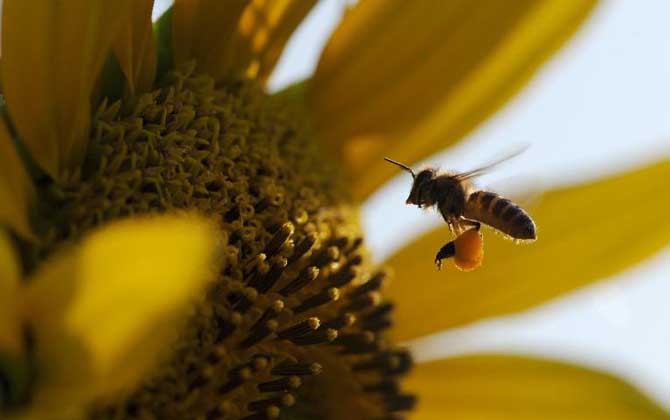Chinese Honey Bee (Apis cerana cerana)
The Chinese Honey Bee, also known as Zhonghua Bee, Chinese Native Bee, or Earth Bee, is an indigenous subspecies of Eastern Honey Bee unique to China. Renowned for its exceptional adaptability to mountainous regions, this species exhibits remarkable characteristics including:
- Efficient utilization of scattered nectar sources
- Extended honey collection periods (2-3 hours longer daily than Italian bees)
- Strong resistance to mites and American Foulbrood disease
- Low feed consumption requirements
- Superior survival capabilities in harsh environments

Morphological Characteristics
This subspecies demonstrates significant regional variations:
- Workers: Abdominal coloration ranges from yellowish to dark tones depending on geographic location, with average proboscis length of 5mm
- Queens: Two distinct color patterns – some display prominent brown-yellow abdominal rings against dark brown base, others show solid black abdomen
- Drones: Predominantly black coloration
Regional size differences:
| Region | Worker Length | Drone Length | Queen Length |
|---|---|---|---|
| Southern | 10-13mm | 11-13.5mm | 13-16mm |
| Northern | Generally larger than southern counterparts |

Geographic Distribution
Spanning 30 provinces and autonomous regions across China’s diverse landscapes:
- Northernmost: Xiaoxing’an Mountains (Heilongjiang)
- Westernmost: Wuwei (Gansu) and Ledu (Qinghai)
- Southernmost: Hainan Tropical Islands
- Key concentrations: Yunnan, Guizhou, Sichuan with over 60% of total population
Notable habitats include:
- Himalayan foothills (2,500-3,500m elevation)
- Yangtze River basin wetlands
- Subtropical forests of Fujian and Guangdong

Behavioral Adaptations
Strengths:
- Exceptional flight agility (15% faster than European bees)
- Kleptoparasitism resistance
- Rapid comb-building capacity (new comb preference)
- Cold tolerance (active at 8°C vs 13°C for Italian bees)
Challenges:
- Susceptibility to Sacbrood virus
- Wax moth vulnerability
- Swarming tendency (30% higher than managed species)
- Lower royal jelly production

Ecological Significance
As a keystone pollinator species:
- Pollinates 39 endangered plant species in Hengduan Mountains
- Ensures reproduction of late-blooming chestnut trees
- Maintains genetic diversity in alpine flora through long-distance pollination
- Critical for medicinal plant propagation (e.g., Dendrobium orchids)
Research indicates:
- 72% of endemic shrubs in Yunnan rely exclusively on Chinese Honey Bees
- Colony collapse would impact 140+ plant species in food chain

Conservation Status
Population trends since 1900:
- 1896: Introduction of European bees begins
- 1950s: 50% habitat loss recorded
- 2006: Listed as Endangered on China Species Red List
- 2020: 82% reduction in wild colonies
Current strongholds:
- Nujiang River Gorge (Yunnan): 12,000+ wild colonies
- Tibetan Plateau: 8 protected apiaries established
- Sichuan Wolong Reserve: Successful captive breeding program
Conservation measures:
- Establishment of 15 protected areas since 2010
- National breeding program launched in 2018
- UNESCO recognition as cultural heritage in 2022